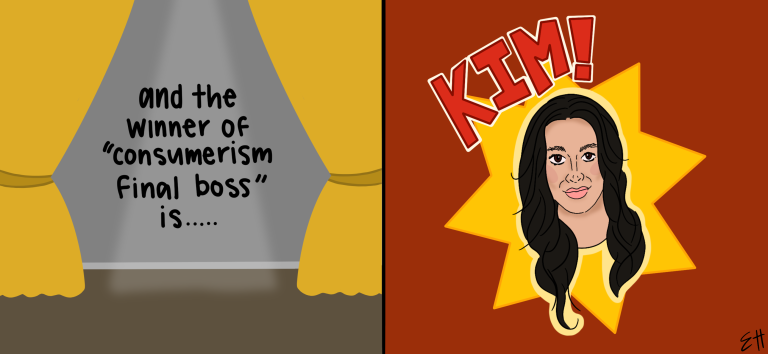The University of Indianapolis Department of Art & Design is on a mission to revive an art that has been forgotten, according to graduate student Kaila Dailey. The Peat Project, an artwork project that has been in the making for four years, consisted of Dailey, Director of Hullabaloo Press Art & Design Katherine Fries and other art students who had shown interest in the project. This project allowed students to collaborate with Dave Peat, an Indianapolis printmaker and collector, to work with his collection of the 19th century hot metal handset type, according to UIndy Events. Peat mentored the students in return for their help in documenting his collection, according to UIndy Events. Dailey said that the Peat Project was started by Fries and former Professor Aaron Beckoff at Miami University, and they came together with UIndy art students to get involved with Peat.
“He’s [Peat] been involved in letterpress for the last 60 years of his life; he passed away in 2020. But what’s so remarkable is here in Indianapolis, he has probably the world’s largest metal type collection because this was no longer industry standard,” Fries said. “A lot of print shops got rid of their type, it [has] become increasingly rare. He collected over 4,000 unique Victorian type bases right here in Indianapolis. He had an encyclopedic knowledge of print history and printmaking. When I got to know him, I started bringing him in to speak to our art classes.”
Fries said that unfortunately, because of Peat’s age, he had diminished eyesight, and he was not able to print or catalog his letterpress collection the way he wanted. Regardless, Fries said he would go and tell UIndy art students stories and share his knowledge that eventually led them to attending his shop to see more of his works. Fries said from 2017 to 2020, she asked printmaking students to join them on the project. Sometimes, Dailey said, students joined for just a semester, and other times, such as herself, they joined for several years. When the project was first starting up, it was just Dailey and graduate student Anna Winters.
“We really focused on bringing in people who were part of load, press and printmaking classes and who had shown interest in type setting and those who really showed interest in the community itself,” Dailey said. “There were a handful of students that we pulled from the printmaking courses. Some of them were in letterpress courses, some of them were in basic printmaking, but both had shown overlapping interest in the letterpress itself. As the project went on, the more people were introduced to print.”
Dailey said she went through a lengthy process of getting the Peat Project started. Dailey said she, along with other students on the project, experienced the process of getting together and laying out how they would go about doing the project. There were various steps that were a part of the process, Dailey said, and it all came down to making Peat’s dream come true.
“The project has been in the works for a long time, it really has been one of Dave’s [Peat] dreams that he wanted for a while. We were able to come together to make at least a part of it happen and that he got to see,” Dailey said. “Our biggest task was categorizing the print type and the second big part of it was making it a database where we could refer back to where he got the type from. This is paying homage to those old type books that were so prominent back when Dave [Peat] first started, but then adding our own little modern twist to it by making it more of a narrative of the actual project itself.”
Dailey said the Peat Project is a new wave of trying to educate others since it is a lost art. The Peat Project is a great way to introduce people to the world of letterpress and all the fun that it can have, Dailey said. She also said the Peat Project is combined as a book that is a story based and tied to the history of letterpress. Now, Fries said the time has come for UIndy to see the final project.
“We’re excited to finally share the project with our UIndy community. We’ve shared pieces and parts, but we’ve never shared the whole thing before,” Fries said. “It’ll be the first time that we are getting to officially share it in its final state with our UIndy friends and colleagues. The most important thing of all of this was providing the students the experience and getting them to connect with other printers and especially with Dave [Peat].”






